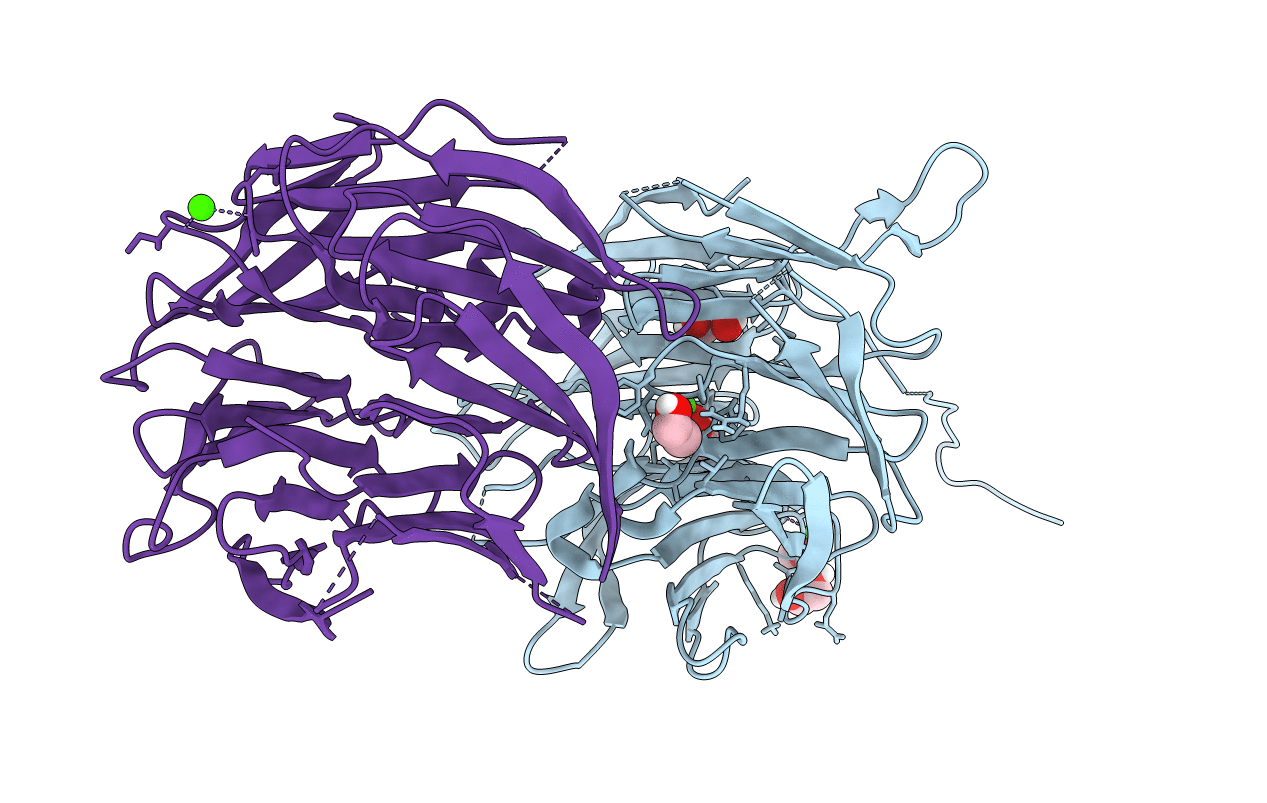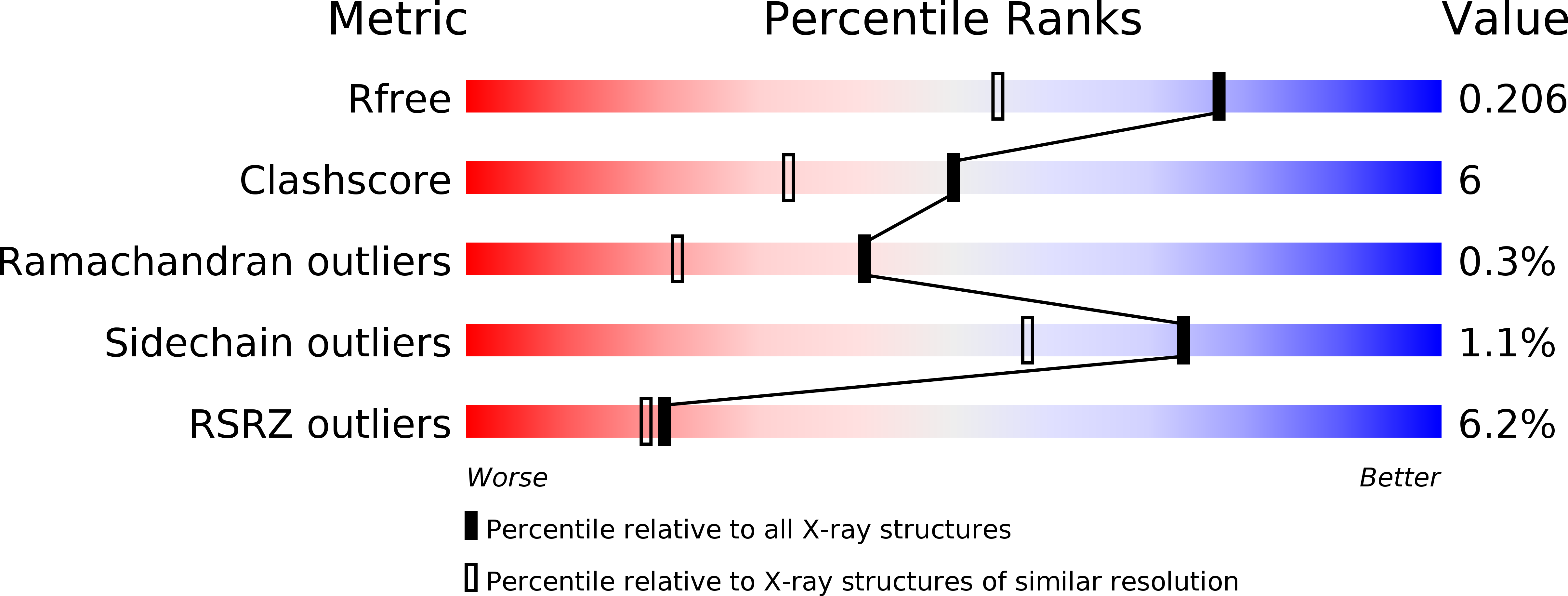
Deposition Date
2013-06-18
Release Date
2013-10-02
Last Version Date
2023-09-20
Entry Detail
PDB ID:
4L9O
Keywords:
Title:
Crystal Structure of the Sec13-Sec16 blade-inserted complex from Pichia pastoris
Biological Source:
Source Organism:
Komagataella pastoris (Taxon ID: 4922)
Komagataella phaffii (strain GS115 / ATCC 20864) (Taxon ID: 644223)
Komagataella phaffii (strain GS115 / ATCC 20864) (Taxon ID: 644223)
Host Organism:
Method Details:
Experimental Method:
Resolution:
1.60 Å
R-Value Free:
0.20
R-Value Work:
0.17
R-Value Observed:
0.17
Space Group:
P 1 21 1


